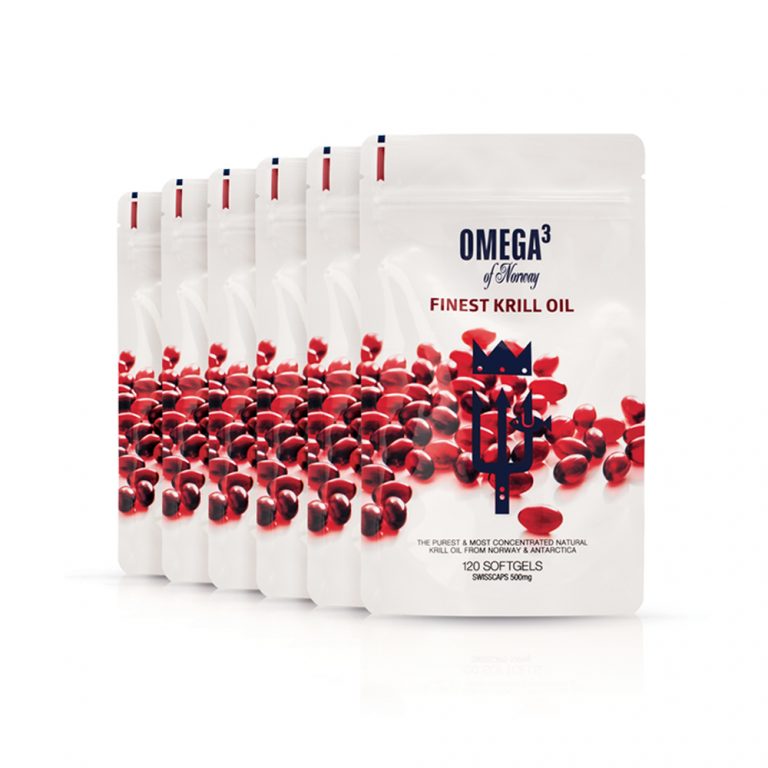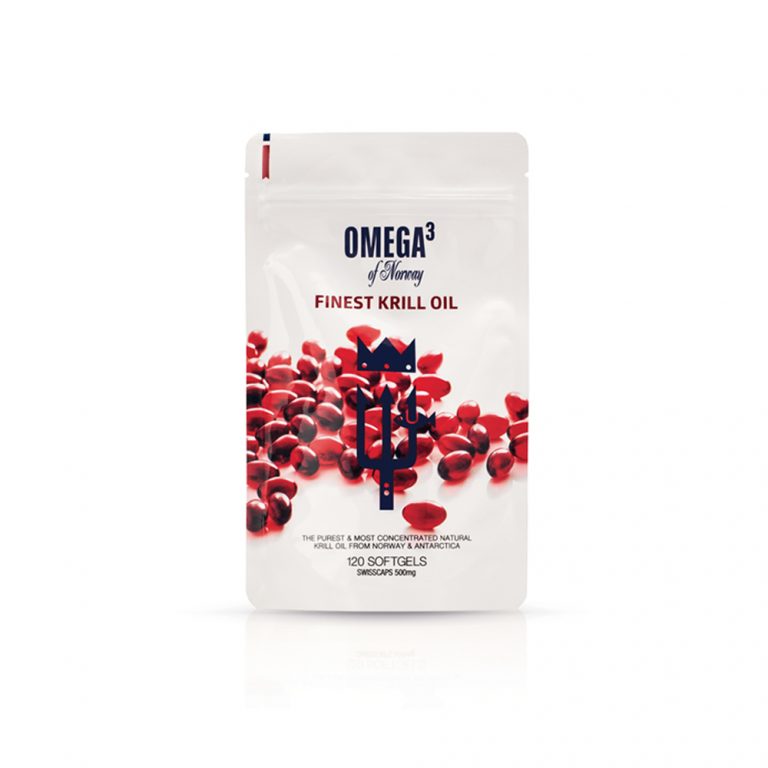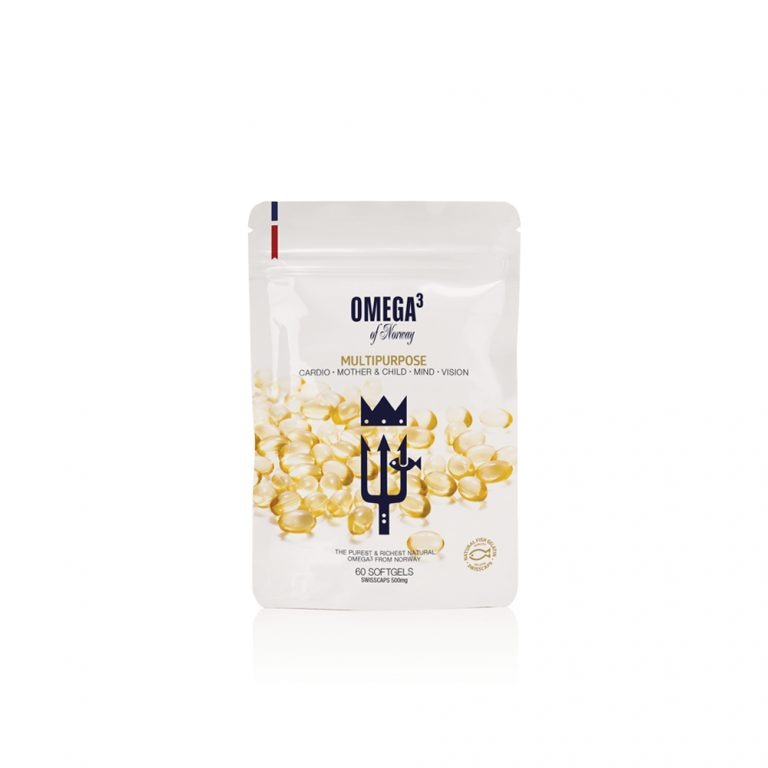Content
There are many different ways to measure your health and today we will look at the omega-3 index and why it is an important indicator for your overall health and wellbeing.
Omega-3 fatty acids were first discovered in 1929 and since then, researchers have been increasingly interested in these special types of essential fats that have a lot of health benefits for our mind and body.
Omega-3 fatty acids 101
Omega-3 fatty acids are polyunsaturated fatty acids that
- form an essential part of our cell membranes, especially of the neurons in the brain
- are involved in the energy-transformation process
- regulate the information flow between cells
- are precursors of “hormonal” molecules that can regulate immunity and inflammation among others
There are three main types of omega-3 fatty acids: alpha-linolenic acid (ALA), eicosapentaenoic acid (EPA) and docosahexaenoic acid (DHA).
ALA is mainly found in plant oils like flaxseeds, canola oil, soy products or a special kind of algae. EPA and DHA however, are found in marine sources like fish or other seafood. They are all omega-3s, but some come from plant and other from marine sources.
Because our body cannot produce these fatty acids itself, they are called “essential” fatty acids. While our body can generate EPA and DHA in very low percentages from ALA, but that process is not very efficient.
So it is often considered more efficient to take EPA and DHA as a food supplement such as fish oil or krill oil.
The health benefits of omega-3 fatty acids are very diverse and range from improving blood fat levels to improving immunity and are even considered to have an impact on your mind and mental health.

What is the omega-3 Index
Now onto the main topic of this article: the omega-3 index and what it measures!
The omega-3 index is 2 different things
- a blood test
- the percentage of EPA and DHA in your red blood cells
These two are of course connected and Dr. William Harris, an internationally known expert on omega-3 fatty acids and cardiovascular health has been heavily involved in the development of the test and the research around its results.
What does the omega-3 index measure
It measures the percentage of EPA and DHA in a person’s red blood cells. This is done by counting the total amount of fatty acids in the blood cells, then isolating the amount of EPA and DHA among them and calculating the percentage.
This percentage is a powerful indicator of the person’s long-term intake of omega-3 because the amount of EPA and DHA in the red blood cells reflects their amount in the rest of the tissues and organs of the body.
The index therefore mirrors the overall tissue EPA and DHA levels and overall health status of the person.
What the o3 index tells us about our health
The omega-3 index is a risk factor for heart disease and cardiovascular health. The test can therefore be used to assess your omega-3 status and draw conclusions about your overall health.
What is a “risk factor”
This describes conditions or habits that make a person more likely to develop a disease, that can increase the chances that an existing disease will get worse. But these risk factors can be modified so you can slow or even stop the progress of the disease. In the case of the omega-3 index, we will mainly focus on cardiovascular diseases, as this is what omega-3 supplements are most commonly prescribed for.
According to the National Heart, Lung & Blood Institute the following are considered risk factors for heart disease:
- high blood pressure
- high blood cholesterol
- diabetes and pre-diabetes
- smoking
- being overweight
- being physically inactive
- family history of early heart disease
- history of preeclampsia during pregnancy
- unhealthy die
- age (55 or older for women)
The hypothesis of Dr. Bill Harris is: that the omega-3 index should be added as a risk factor for heart disease if it is below a certain threshold.
The risk zones
Here are the risk zones for the omega-3 index:
- 4% or less is high risk
- 4-8 % is intermediate risk
- 8 % or more is low risk
This is because a low omega-3 index indicates low levels of EPA and DHA in the organs and tissues overall, which are associated with an increased risk for coronary heart disease.
However, omega-3 index levels of 8 to 12 % are linked to better health outcomes for general wellness as well as for heart, brain, eye and joint health.
But looking at a study done on a global level in 2016 comparing omega-3 indices, the researchers found that the majority of the world’s population has an omega-3 index of well below 8 %.
There are several hypothesis as to why this could be the case but the main one is linked to diet:
People who are eating a low-fish western diet show a lower omega-3 index. Those eating fish at least three times per week or taking omega-3 supplements on a regular basis, usually show a higher omega-3 index.
Your baseline omega-3 index can therefore also be used to estimate how much omega-3 you need to supplement with to improve your overall health.
While most people need 1000 mg to 2000 mg of combined EPA and DHA per day, this can vary greatly depending on a variety of individual factors so you should consult your health care professional first. If you need any more practical tips on how when and how much omega-3 to take, we’ve got you covered with this blog post.

Conclusion
The omega-3 index measures the percentage of the omega-3 fatty acids EPA and DHA in your red blood cells, which are an indication of your overall EPA and DHA levels in the body.
This is important because medical professionals can use this information to manage the risk of heart disease in their patients. Higher concentrations of EPA and DHA are linked to less inflammations and therefore an overall healthier body.
Managing cardiovascular diseases is not just important on an individual level, but also a big issue for public health:
In their White Paper on Krill Oil and the omega-3 index, Superba Krill states that improving the cardiovascular health of Europeans could save a total of 12.9 billion euro (calculated between 2016 – 2020 to avoid the total cost attributed to CVD in the EU)
If you want to find out more about omega-3, krill oil or fish oil supplements, check out our blog or browse our selection of high quality products in the shop.


















